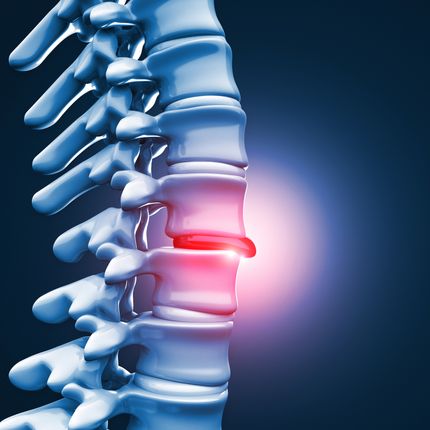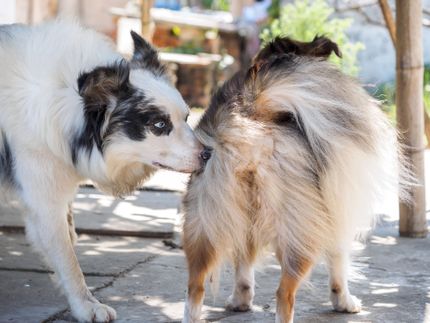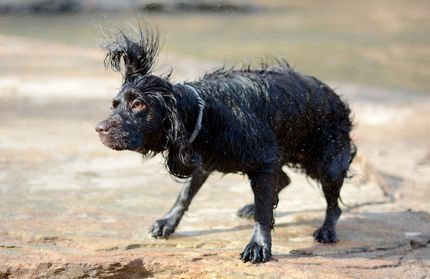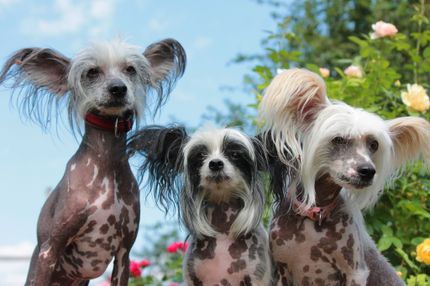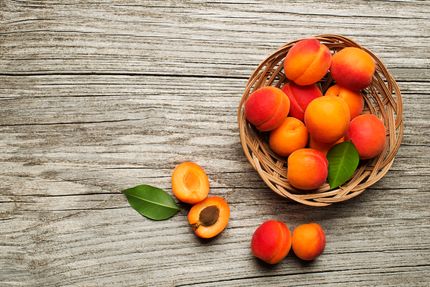Facts & Origin
Puggit: An adorable mix of the Pug and the Italian Wind Chime
The Puggit is a unique blend of the charming Pug and the elegant Italian Wind Chime. The Pug is an ancient breed that originated in China and was bred as a companion dog. The Italian Greyhound is a small sighthound breed with a long history in Italy. The combination of these two breeds results in the lovable and versatile Puggit.
Suitability and use
The Puggit is a wonderful companion dog for families and individuals. Due to its small size and friendly nature, it is also suitable for apartments and city dwellings. The Puggit loves spending time with his people and can adapt well to different lifestyles. He is known for his playfulness and adaptability.
| Alternate Name | - |
| Origin | Italy - China |
| Life expectancy | 12 - 15 years |
| Care requirements | low-maintenance |
| Activity level | average to high - low |
| FCI group | not recognised |
| AKC group | not recognised |
| KC group | not recognised |
More Italian Greyhound mixes
More Pug mixes
Attitude, character and temperament of the breed
Possible character traits of the Puggit
The Puggit is known for his affectionate and friendly character. He is usually affectionate, playful and loves to be the center of attention. The Puggit can enjoy quiet, relaxed moments as well as exciting playtime. He is often intelligent and eager to learn, making him a good candidate for training and social interaction.
The Puggit is a delightful and fun-loving mix of the Pug and the Italian Greyhound. With his friendly nature and adaptability, he can be a wonderful companion for people of all ages . If you're looking for a small, loving and playful dog, the Puggit could be the perfect choice for you.
Character
Health and care
The Puggit can have some health problems that can be inherited from either parent breed. These include respiratory problems due to the Pug's short snout, eye problems, dental problems, and joint problems. Regular veterinary examinations are important to monitor the Puggit's health and detect potential problems early.
In terms of grooming, the Puggit needs regular brushing to keep his short coat clean and healthy. It is important to check and clean his eyes, ears and teeth regularly to prevent infections. The claws should also be trimmed regularly.
What does this mixed breed look like?
The Puggit combines characteristics of both parent breeds. He usually has a compact build like the Pug and a slender silhouette like the Italian Wind Chime. His head is often pug-like with a short muzzle and large, expressive eyes. The ears can vary, either drooping like the Pug or erect like the Italian Wind Chime. The coat is usually short and smooth.
Known Diseases
Hip dysplasia (HD)
Hip dysplasia (HD) is a genetic condition in dogs where the hip joint is not shaped properly. This leads to pain, stiffness and restricted movement.
Denture malocclusions
Malocclusions of the dentition often occur in dogs with short muzzles.
Shortness of breath
Difficult breathing can be recognized by the dog's rattling and sometimes accelerated breathing rate.
Overweight
Often, unfortunately, the dogs very much under excess weight. But the dogs themselves are never to blame!
Heart disease
Can occur frequently in dogs and can sometimes be treated with medication.
Breathing problems
Dogs with shortened muzzles can often experience respiratory problems.
FAQ
-
A Puggit is a cross between a Pug and an Italian Greyhound. This combination allows you to enjoy the best features of both breeds in one dog.
-
A Pug Italian Greyhound mixed breed can have a size of about 25-35 cm with a weight of 7-12 kg.
-
The Pug Italian Greyhound mix breed has a lovable, playful and affectionate personality. They are intelligent and learn quickly.
-
A Puggit requires moderate to frequent brushing to keep the shedding under control. They also need to be bathed and have their claws trimmed regularly, as well as their coat treated with a special shampoo and conditioner suitable for dogs.
-
Yes, Pug Italian Greyhound mixes have an expected life expectancy of 12-15 years.















